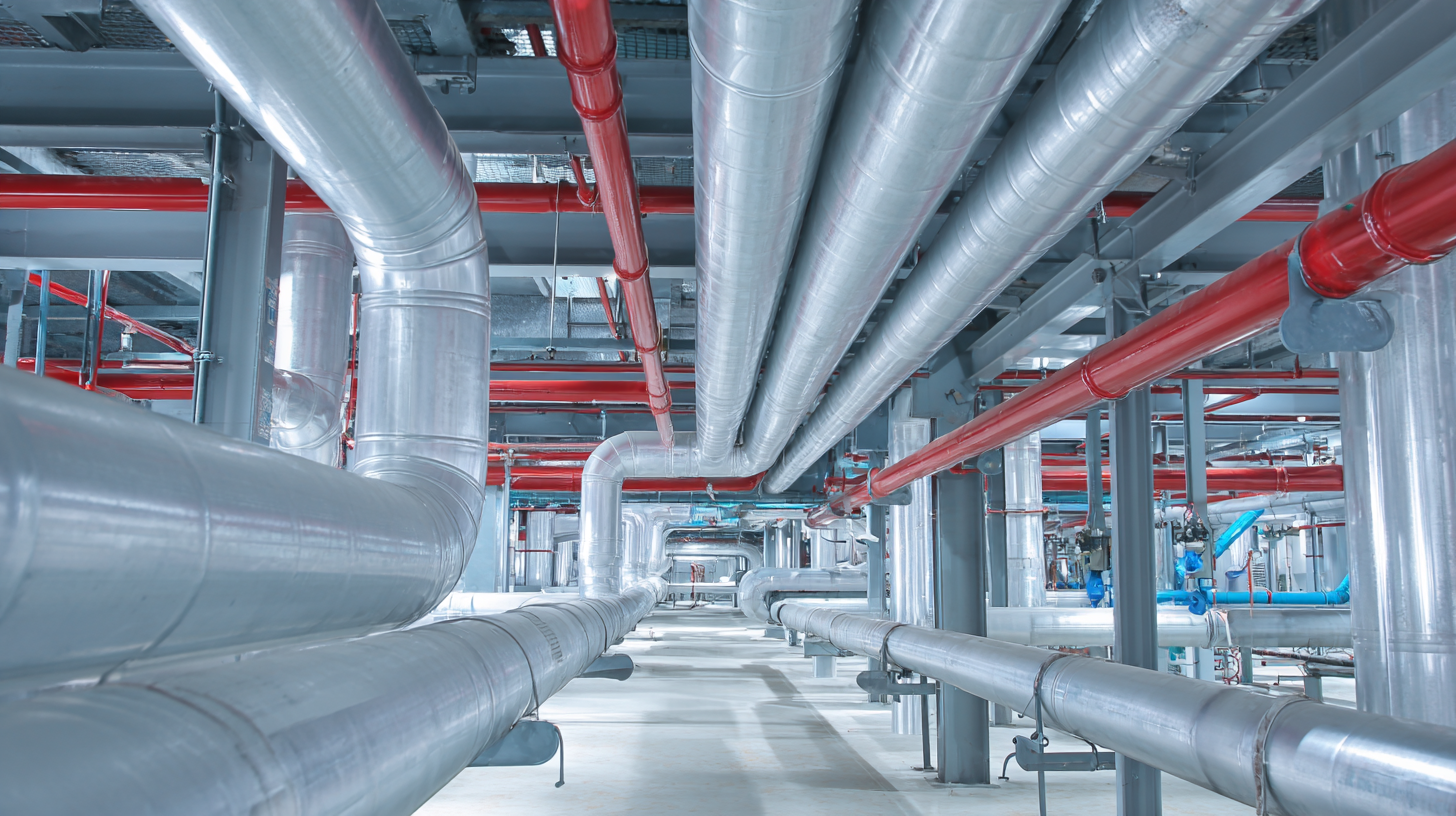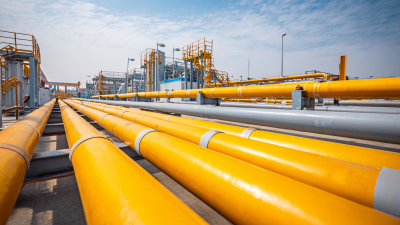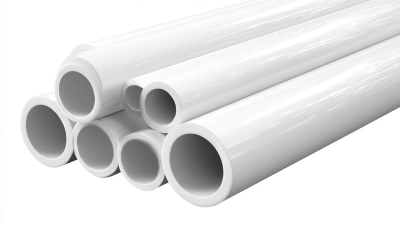Email Id: sale@adctooling.com
In the realm of industrial applications, the choice of piping materials is critical for ensuring efficiency, safety, and longevity. Polytetrafluoroethylene (PTFE) has been widely recognized for its exceptional chemical resistance, but PFA pipe, a modified form of PTFE, is gaining traction due to its superior flexibility and ease of installation.
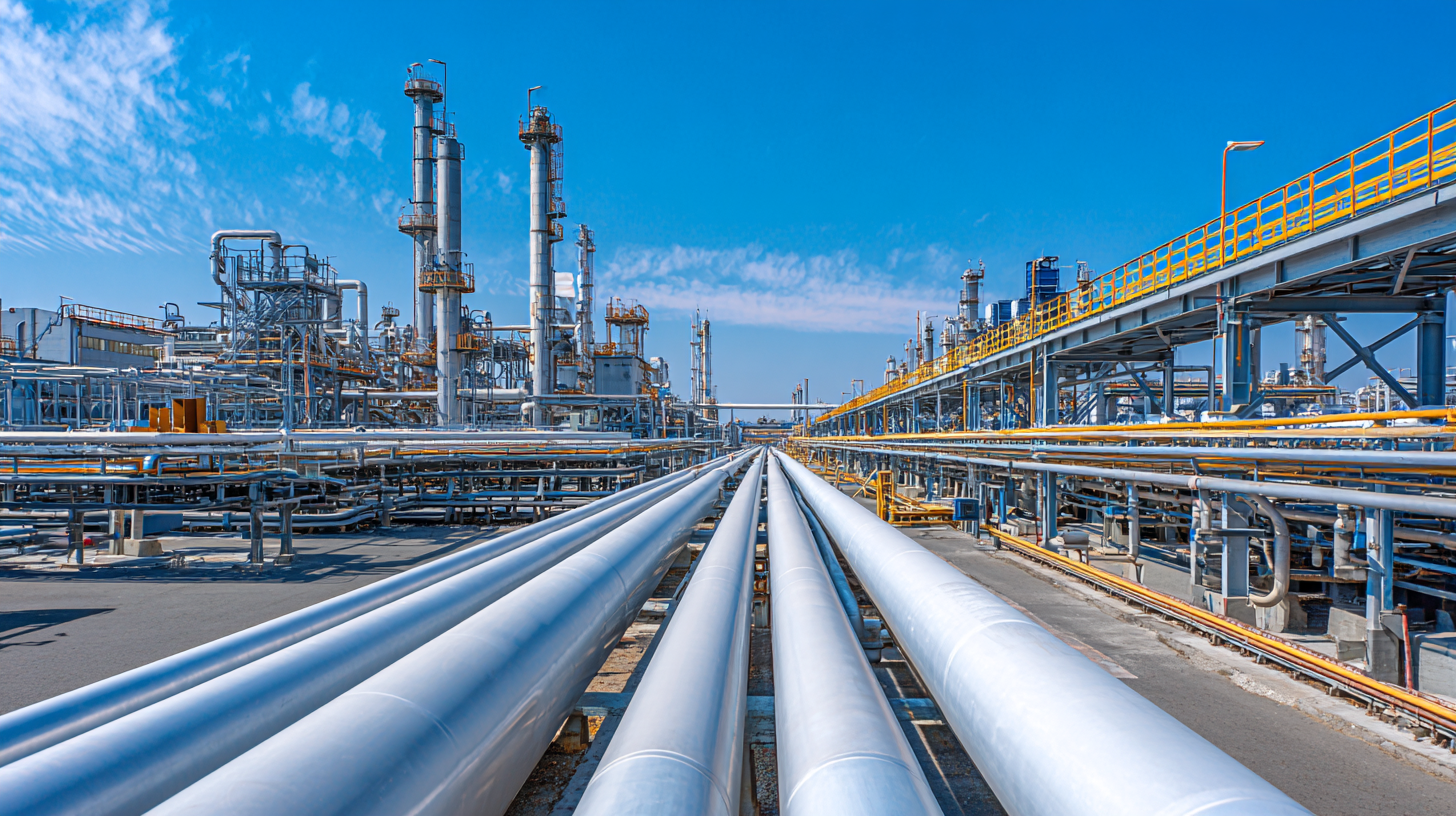
According to a report by the Global Market Insights, the PFA pipe market is expected to witness a substantial growth rate, reflecting its increasing adoption across various sectors, including pharmaceuticals, chemicals, and food processing. The unique properties of PFA pipe, such as high-temperature resistance and non-stick characteristics, make it an ideal choice for handling corrosive substances. As industries strive for optimal performance and sustainability, understanding the best practices for using PFA pipe is essential for maximizing its benefits while minimizing potential risks. This blog will delve into the five best practices for effectively utilizing PFA pipes in diverse industrial applications.
PFA (Perfluoroalkoxy alkane) pipe is increasingly recognized for its unique properties that cater effectively to industrial applications. Its superior chemical resistance makes it ideal for transporting corrosive substances, while its ability to withstand high temperatures sets it apart from other materials. In industrial settings, the flexibility and durability of PFA piping can lead to significant improvements in both operational efficiency and safety, particularly in sectors such as chemical processing and pharmaceuticals.
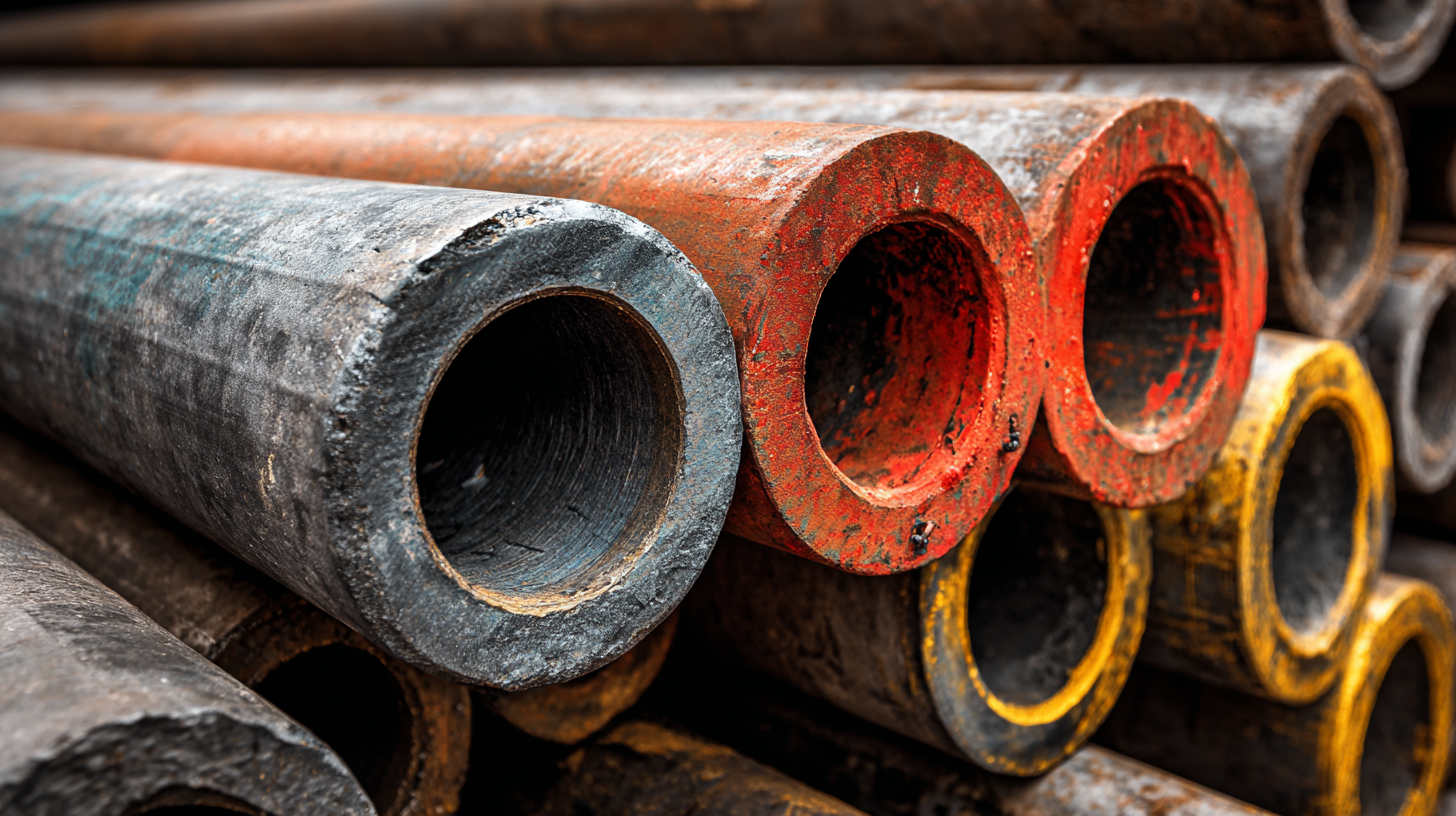
Understanding the characteristics of PFA is critical for optimizing its use. Unlike traditional piping materials, PFA is non-stick and low-friction, which minimizes the risk of buildup and contamination. Moreover, in the light of growing concerns regarding PFAS emissions, industries are now focusing on real-time monitoring solutions.
Innovative technologies have emerged, allowing for better management and assessment of emissions, particularly those from PFA tubing. This proactive approach not only ensures regulatory compliance but also enhances sustainability practices within various industrial sectors.
Choosing PFA pipes for industrial applications offers significant advantages over traditional materials, particularly in terms of chemical resistance, high-temperature stability, and flexibility. The recent advancements in material science, including the development of high-purity PFA products, underscore the growing trend towards using innovative materials in various sectors. For instance, PFA pipes can withstand aggressive chemicals and extreme temperatures, making them ideal for industries such as pharmaceuticals and semiconductor manufacturing.
Tip: When selecting piping materials, consider the specific chemical compatibilities and temperature requirements of your application to enhance longevity and performance.
Additionally, the demand for sustainable production processes has catalyzed a push for PFA pipes over conventional options. Their lightweight nature not only facilitates easier installation but also contributes to overall energy efficiency. Moreover, recent reports suggest that high-performance materials like PFA are becoming increasingly integral in high-end industrial applications, reflecting a broader trend towards modernization and eco-friendly manufacturing.
Tip: Evaluate the total cost of ownership, including installation and operational efficiencies, to understand the long-term benefits of transitioning to PFA pipes in your projects.
When it comes to installing PFA pipes in industrial applications, employing essential techniques can significantly enhance performance and longevity. One of the fundamental practices is ensuring a proper support system. PFA pipes, while highly resistant to chemicals and temperatures, can be vulnerable to sagging if not adequately supported. Installers should use appropriate brackets and hangers that can handle the specific weight and thermal expansion requirements of the system.
Another crucial technique is to pay close attention to joint connections. Using advanced joining methods like thermal welding or flanging can ensure leak-proof seals, thus preventing loss of materials and maintaining system integrity. Adequate training for personnel in these methods is vital, as improper joining can lead to significant operational disruptions. Additionally, ensuring that all surfaces are clean and free from contaminants prior to joining will contribute to the optimal performance of the PFA pipe system. Implementing these installation techniques will not only extend the life of the pipes but also enhance the overall reliability of industrial operations.
When it comes to ensuring the longevity of PFA (Perfluoroalkoxy) pipes in industrial applications, maintenance is paramount. One of the best practices is to regularly inspect the pipe system for any signs of wear or damage. This includes checking for leaks, cracks, or discoloration, which are indicators that replacement might be necessary. Additionally, ensuring that the pipeline is not exposed to extreme temperature fluctuations can prevent stress-related failures, extending the service life of the PFA pipes.
Another crucial aspect of maintenance is keeping the pipe system clean. Accumulation of deposits can lead to blockages and increased pressure, potentially compromising the integrity of the pipes. Implementing a routine cleaning schedule using appropriate solvents that are compatible with PFA materials can help prevent these issues. Furthermore, training personnel on proper handling techniques can minimize physical impacts that could lead to damage. By prioritizing these maintenance practices, facilities can ensure that their PFA pipes perform efficiently and reliably over time.
This chart represents the maintenance best practices for the longevity of PFA pipes in industrial use. The data shows the effectiveness of various maintenance practices based on industry feedback.
PFA (Perfluoroalkoxy) pipe is renowned for its exceptional chemical resistance and high thermal stability, making it a preferred choice across various industrial applications. One common usage of PFA pipes can be found in the pharmaceutical industry, where the integrity of the transported materials is paramount. These pipes are ideal for high-purity applications, ensuring that contaminants are minimized during processes involving sensitive substances.
In the semiconductor manufacturing sector, PFA pipes play a critical role in delivering ultra-pure chemicals that are essential for wafer production. Their non-stick properties and ability to withstand aggressive solvents make them invaluable in maintaining the purity levels required in such high-precision environments.
**Tip:** When choosing PFA pipes for your applications, consider the specific temperature and pressure ratings to ensure optimal performance under operational conditions.
Moreover, PFA pipes are increasingly utilized in food processing and beverage industries. Their smooth inner surface prevents build-up of residue, which is crucial for maintaining hygiene standards.
**Tip:** Always ensure compatibility with the specific chemicals being transported to avoid reactions that could compromise the integrity of the pipes.
